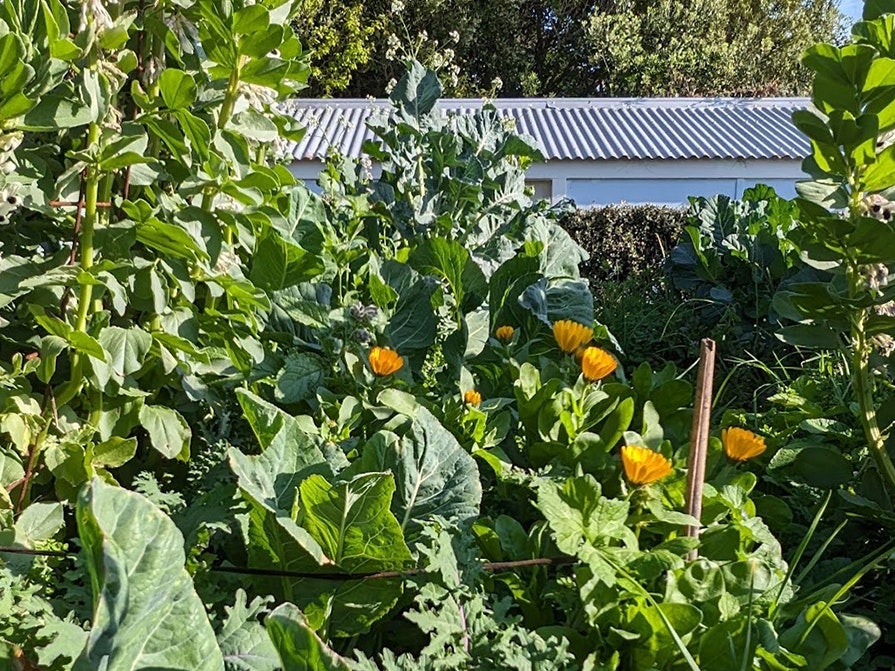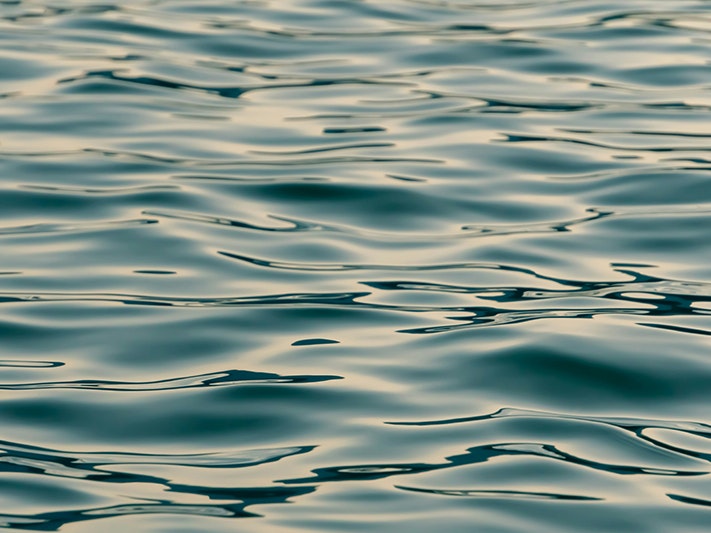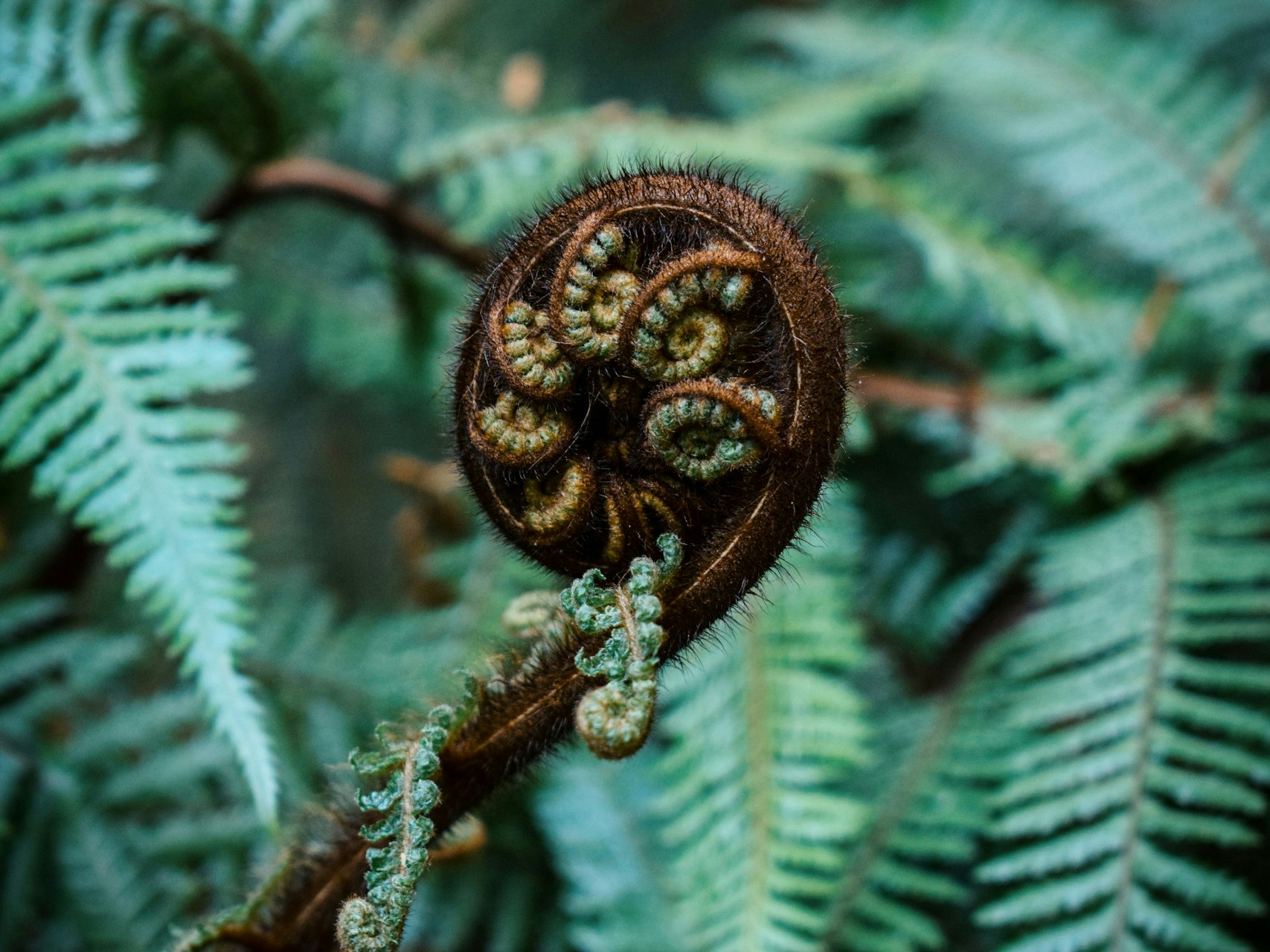
Activity B: Once were gardeners
Consider some of the mātauranga (knowledge) involved in the growing of marā kai (food gardens).
Free museum entry for New Zealanders and people living in New Zealand
Open every day 10am-6pm
(except Christmas Day)
Free museum entry for New Zealanders and people living in New Zealand
Observe the passing of time using environmental indicators.
An understanding of te taiao in Aotearoa has developed from long periods of observation and place based interaction with the species, ecosystems, and processes that surround us.
|
He pitopito kōrero Indigenous knowledges of hapū and iwi developed in relationship with local ecosystems. The vitality of hapū and iwi prior to colonisation was reliant on a deep, woven understanding of the environment and so mātauranga Māori is, by its nature, local knowledge. Across the motu, hapū and iwi have observed tohu within the environment and developed practices that sustained their people and responded to the health of the ecosystem. Local indicators predicted the life cycles and stages of animals, as well as the movement of tides and weather conditions. Hapū and iwi developed practices for favourable hunting and fishing periods through this intense observation. This means that mātauranga Māori and te reo Māori differ widely around the motu as they reflect the hapū and iwi relationship to whenua and te taiao. Some people even consider the differences in the rhythm and mita of te reo Māori, reflect the differences in the environment. This is because te reo grew out of te taiao and so reflects the whenua from which it came from. |
Brainstorm the big shifts that happen in te taiao across a year of time in your neighbourhood, kura or community, from Matariki last year to Matariki this year. It might help to zoom in on just one natural feature near your school environment, such as the local awa or a local regenerating piece of bush.
Research the small, tiny changes that you would expect to see over a year. You could create a simple flipbook to show these changes.
Take a pencil and paper, a camera or a tablet outside and see if you can record any seasonal changes that are taking place in the natural environment right now. What is the more than human world busy focusing on at the moment?
Ed Brown, 2000, by Michael Parekowhai. (Ngāti Whakarongo, Ngāriki Rotoawe) Te Papa (O.026796)
Te taiao is shifting and flexing, growing and retracting all the time in many small but special ways. To notice these, we have to go slower and observe. This portrait of the common introduced sparrow, Ed Brown by Michael Parekowhai (Ngāti Whakarongo, Ngāriki Rotoawe) is a stunning example of how the ordinary can become spectacular when we slow down and notice.
|
Discuss:
|
Connect with someone who has an active relationship to the seasons in your area (eg. people who are involved in non-commercial fishing, foraging or māra kai growing). Go out into te taiao with them, to notice and observe seasonal changes together. Listen to the wealth of knowledge they will have about the way te taiao has an ebb and flow each and every year.
Herbal mixture II, 2001, by Areta Wilkinson (Ngāi Tahu, Kāti Māmoe, Waitaha) . Te Papa (2001-0039-1)
Herbal Mixture II by Areta Wilkinson (Ngāi Tahu,Kāti Māmoe, Waitaha) explores ideas about tohu that provide, protect and heal. In the work, Wilkinson looks to Western herbal medicine and rongoā Māori by presenting leaves inside medicine bottles. It's a reminder of the physical and spiritual sustenance we can receive both from te taiao and from the act of creativity itself.
Herbal Mixture II is based on the herbal mixture Areta Wilkinson took after she was diagnosed with a life-threatening illness.
‘This work was part of participating in my healing and gaining a sense of control. Herbal Mixture II represents medicinal plants from the ingredients in the herbal mixture I took. They are [both] amulets for healing and a botanical collection,’ she says.
The silver amulets are based on the mixture’s ingredients:
barberry (Berberis vulgaris) for the digestive system and liver
astragalis (Astragalus sp.) for the immune system
dandelion (Taraxacum officinale) for the kidneys and liver
liquorice (Glycyrrhiza glabra) to balance the other herbal properties and give flavour
red matipo or māpou (Myrsine australis), a rākau tapu or sacred tree used in rongoā or Māori medicine.
Rongoā is traditional Māori healing – a system of knowledge and practice that is passed on orally. You may want to talk with a rongoā Māori practitioner in your area and be led by their whakaaro about the healing properties of the ngahere. They may have some really interesting ways to explain the spiritual and physical connections that exist between ourselves and te taiao.
You may like to watch this Waka Huia documentary which explores the impact of colonisation on rongoā, and the modern day efforts to reclaim traditional knowledge and practices.
You may want to listen to Donna Kerridge (Ngāti Tahinga, Ngāti Mahuta) a rongoā practitioner from Waikato, talk about fostering indigeneity through rongoā Māori. As you listen to this interview, you might like to journal or draw some of the ideas that resonate with you.
Explore the traditions of herbal remedies in your own community. What do people in your own family do when you have a cold, a toothache, a rash or an insect bite, or a bee sting besides using Western medicine? What are the natural healing remedies that exist in the cultural traditions of the people around you?
Go slowly and alongside experts in this space to make sure that you stay safe. With careful consent and research, you may be able to create some simple herbal remedies.

Consider some of the mātauranga (knowledge) involved in the growing of marā kai (food gardens).

Explore what kaitiaki could mean in your context.

Go down amazing wormholes with this curated suite of links.